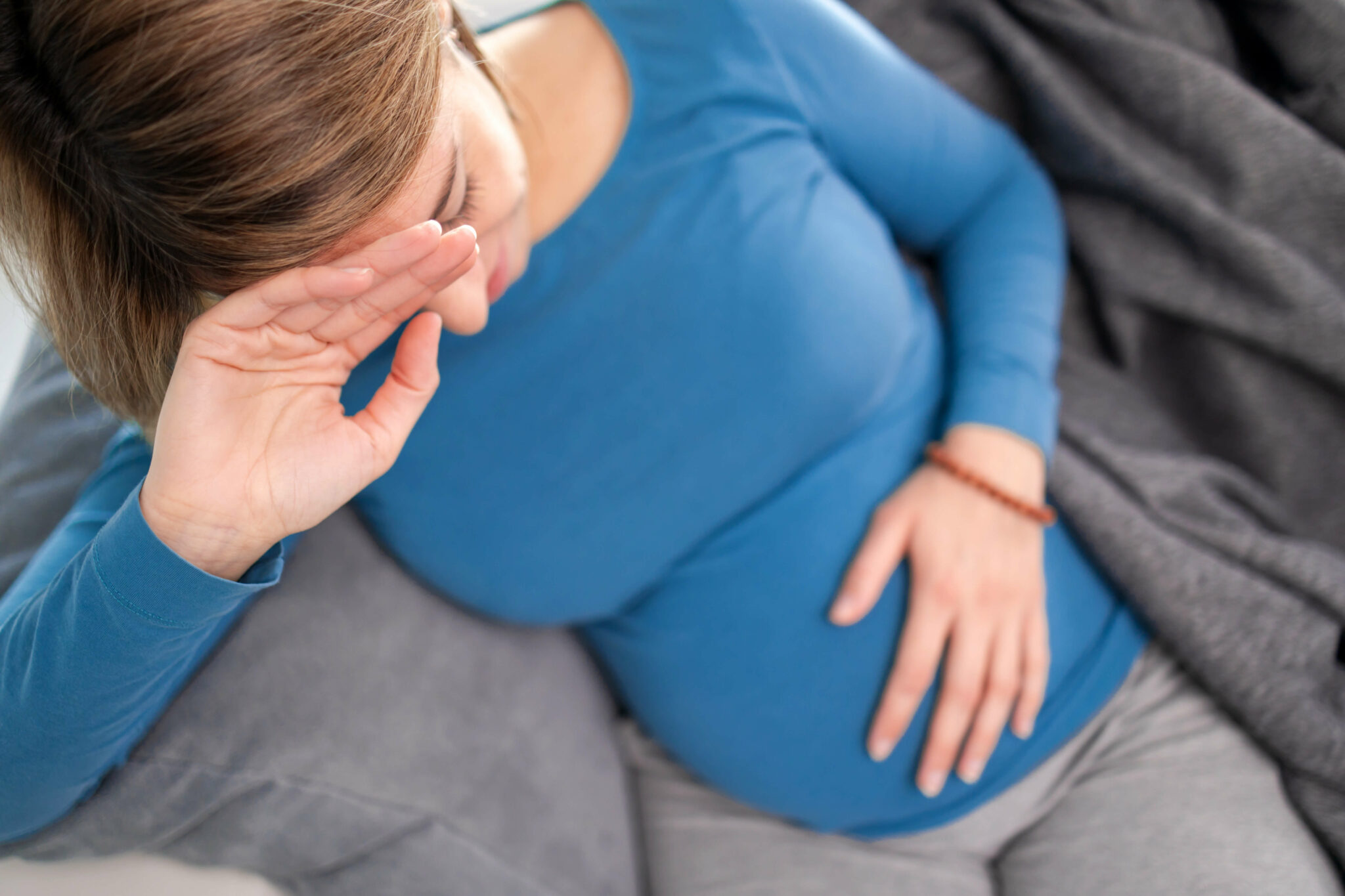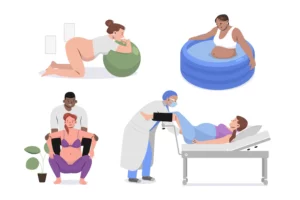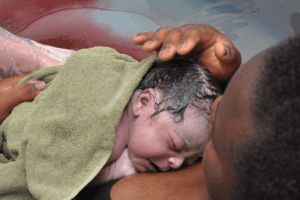ما هو ألم الرباط المدوّر؟

Round ligament pain is a common cause of discomfort for many pregnant women. While it does not put you or your baby in any danger, it can still be a nuisance.
The round ligaments are support structures in the uterus. They are bands of tissue that help hold up the sides of the uterus, and as the uterus grows and stretches, these ligaments are stretched as well. This can be uncomfortable! Round ligament pain can occur almost anytime, but tends to show up most often between weeks 18 and 24.
Many women will describe a feeling of achiness or a sharp pain on one side that they notice after a movement such as getting up out of bed or turning quickly to the side. This makes sense as quick movements will temporarily stretch these ligaments even further.
Often this discomfort will resolve as quickly as it came on, but if not, you should mention it to your doctor to make sure there is nothing more serious wrong. It is important to note that the pain should not be severe or chronic (e.g. lasting without any relief over a period of days). If that is the case, your doctor or midwife must rule out other causes of your pain.
If this is truly round ligament pain, there are a few things you can try to help. One key point is to try to prevent it. Ease yourself out of bed and try to avoid quick position changes that can precipitate the pain. When the pain does come on, bend forward to try and relieve it. Try to find a position that is comfortable and stay there for a few minutes. Lastly, a belly band that helps give support to your growing uterus can help take some (but admittedly not all) stretch off the ligaments. This can help your changing posture too, which may also be playing a role in your pain.
While there is no cure for round ligament pain, the good news is that many women find relief in the third trimester. Knowing this does not harm you or your baby can also be comforting.
Sources:
- The American Congress of Obstetricians/Gynecologists
- Your Pregnancy and Birth 4th ed.
Powered by Bundoo®










